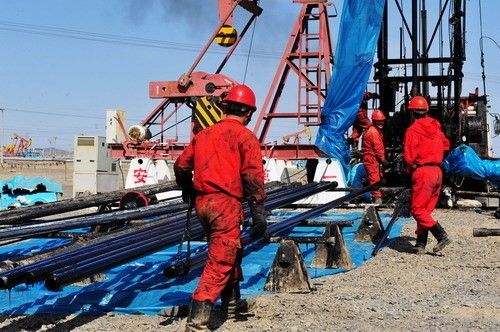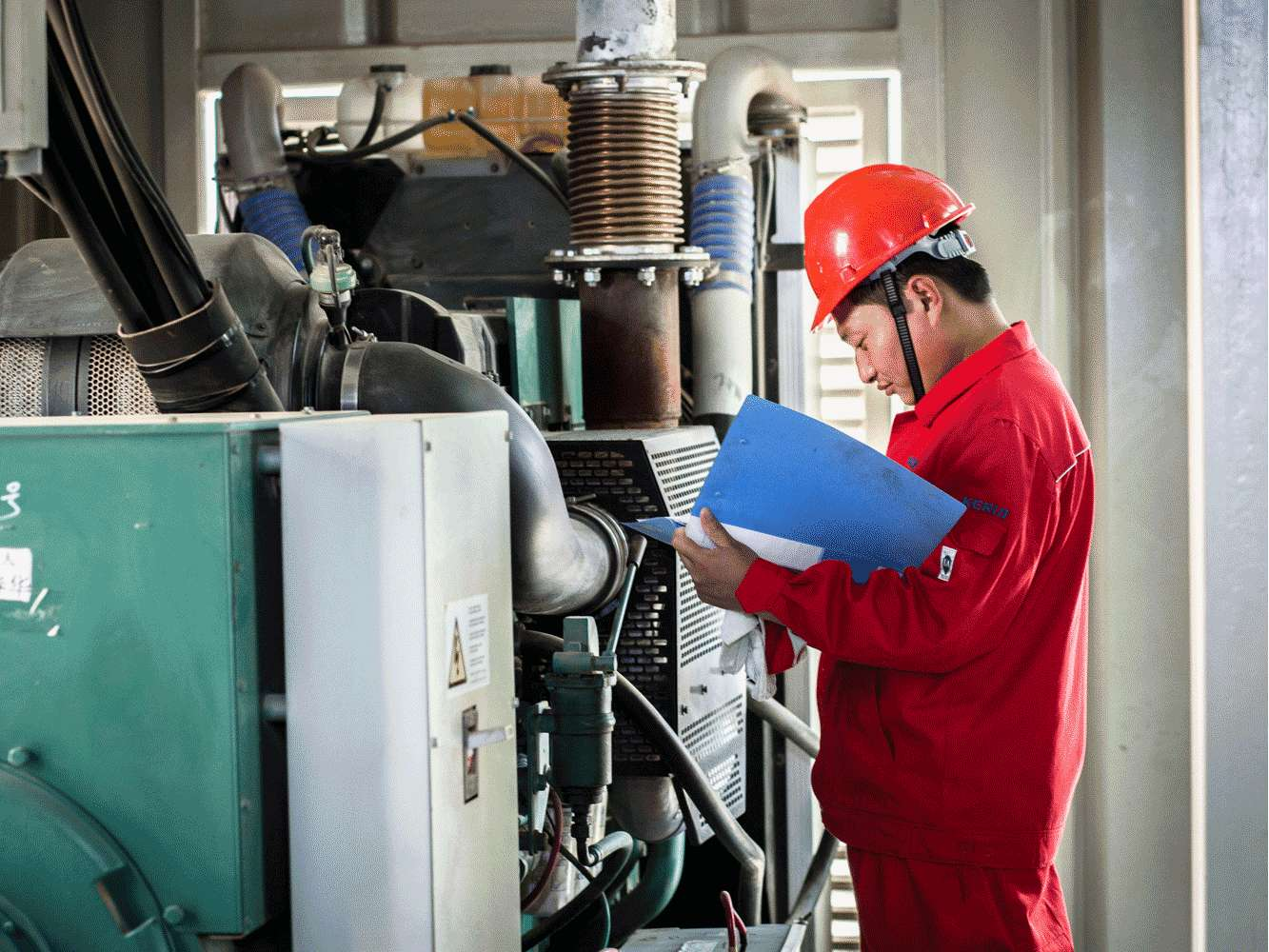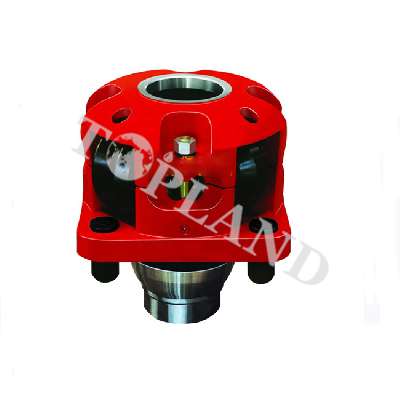STICKING PREVENTION SUGGESTIONS

1. Generally speaking, the resistance of straight wells should not exceed 50KN, directional wells should not exceed 100KN, and both straight wells and directional wells should not exceed 50KN. (Data can be analyzed for specific well times)
2. When drilling on the surface, ensure sufficient circulation displacement to fully carry and remove drill cuttings. After drilling the footage, do a good job of short trips and trips to ensure that the well bore is unblocked; inject the pre-hydrated thick mud with a viscosity of 50-60s before the official trip (the specific quantity is determined by the size of the well bore and the depth of the well) to suspend the remaining rock in the well Chips to prevent obstruction and jamming of casing running.
3. Before receiving the single root, pay attention to the additional pulling force of the drilling tool. If there is a jam, do not blindly connect the single root. Fully circulate and adjust the mud. After the down hole is normal, perform the receipt and follow the operation or perform short-lifting Drill down operations.

4. Mud purification requirements: To ensure the operation and effectiveness of the solids control system. A high-mesh vibrating screen should be used, a centrifuge should be used to control the sand content to less than 0.5%, and the inferior solid phase in the drilling fluid should be removed.
5. To maintain sufficient pump displacement, it is required that the pump displacement of Φ444.5mm well bore must reach 60l/s or more, Φ311.1mm well bore must reach 55-60l/s, and Φ241.3mm well bore must reach 35-40l/s. , Φ215.9mm borehole 28-32l/s.
6. For wells that allow oil mixing, the oil content in the drilling fluid should be maintained at 5-8% to meet the requirements of lubrication and anti-seize.
7. After drilling a single root, draw one or two times and circulate appropriately to make the cuttings at the bottom of the well return higher and avoid sinking to the position of the centralizer to cause mud-pack centralizers and drill bits.
8. Multi-point test requirements: After confirming the suspended weight, circulating pump pressure and other down hole conditions are normal, it can be carried out.

9. If there is a large torque, large lifting force and lower resistance in the process of tripping and drilling, or the phenomenon of jamming when connecting a single root, add plastic beads, extreme pressure lubricant, etc. to achieve the purpose of anti-sticking card.
10. In the process of orientation, if the footage is slow, attention should be paid to moving the drilling tool frequently to prevent the drilling tool from being stuck for a long time. In case of backing-on-bit pressure phenomenon, it is necessary to add lubricant in time, and make short trips to dredge the borehole and increase the lubricity of the borehole wall.
11. Before tripping in the open hole section, fully circulate and trip in the first gear. If suction or jamming is found, the kelly (top drive) must be grouted or reversed, and the drill must not be forcibly tripped.
12. In the deflection section, descending section or torsion azimuth section, when tripping to this position, use a low speed of 1st gear, remove the valve frequently, and pay attention. When a jam is found, the lift cannot exceed the normal suspension. The weight is 50KN. It is forbidden to use the method of forcibly lifting the drilling tool to lift the drilling tool, and the method of undercutting is used to lift the jammed well section and destroy the keyway.
13. The static time of the drilling tool in the naked eye shall not exceed 5 minutes. When circulating drilling fluids, repairing machine or other situations need to stop drilling, the drilling tools should be kept moving.
14. Use simplified drill tool combinations as much as possible, use spiral drill collars, weighted drill pipes and other anti-seize drill tools. It is strictly forbidden to run Φ177.8mm drill collars in directional wells to minimize the chance of jamming.




 Upload RFQ
Upload RFQ





 Twitter
Twitter Linkedin
Linkedin Facebook
Facebook YouTube
YouTube Sales@toplandoil.com
Sales@toplandoil.com +86 21-50890868
+86 21-50890868 Head Office: 8-1011,Lane 5600, Chuansha Road, Pudong, Shanghai, China
Head Office: 8-1011,Lane 5600, Chuansha Road, Pudong, Shanghai, China 